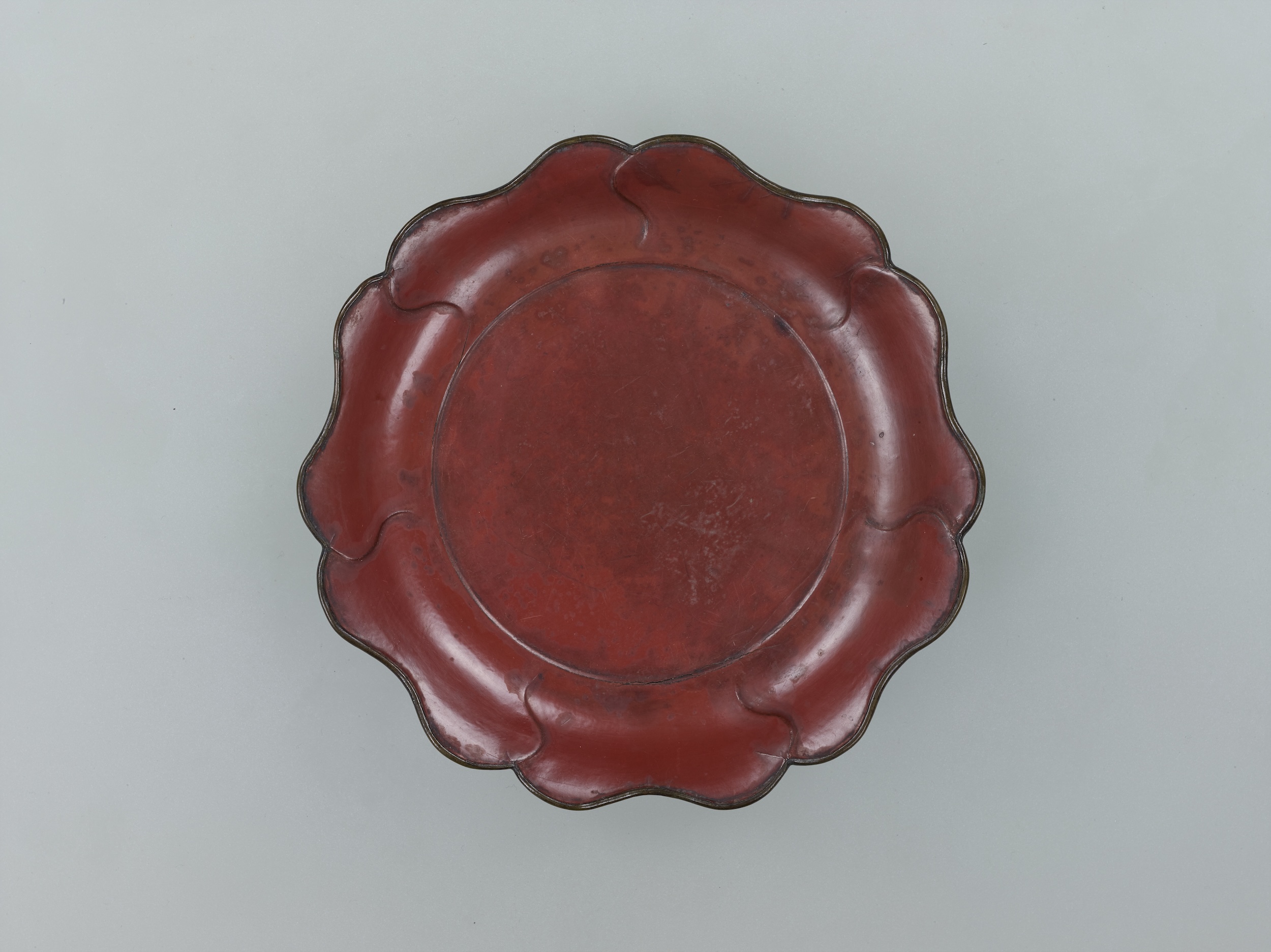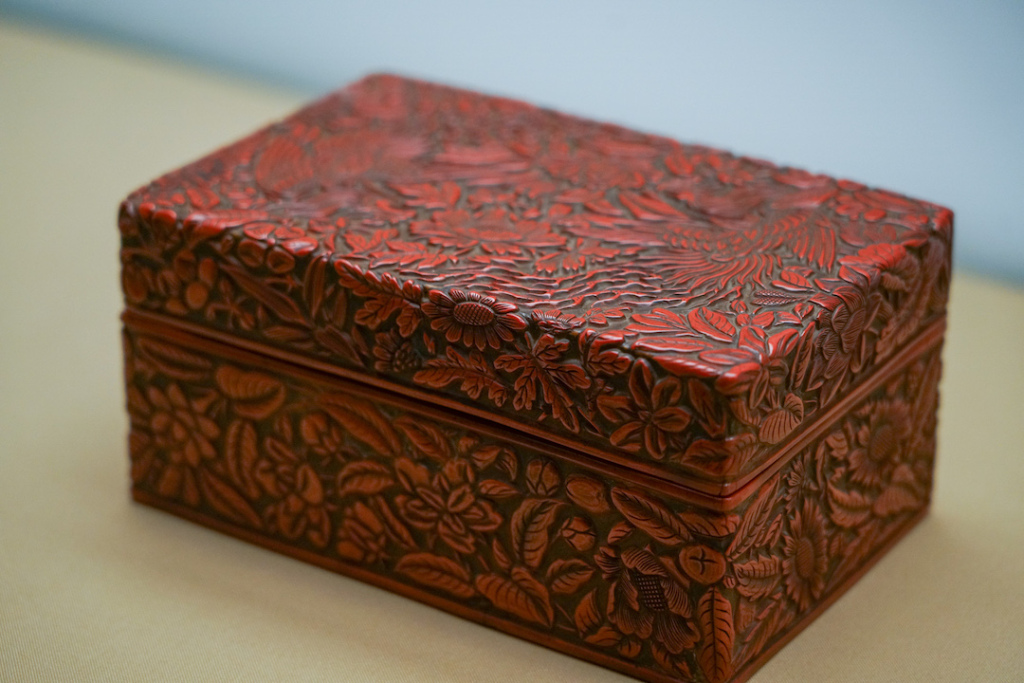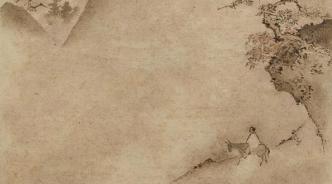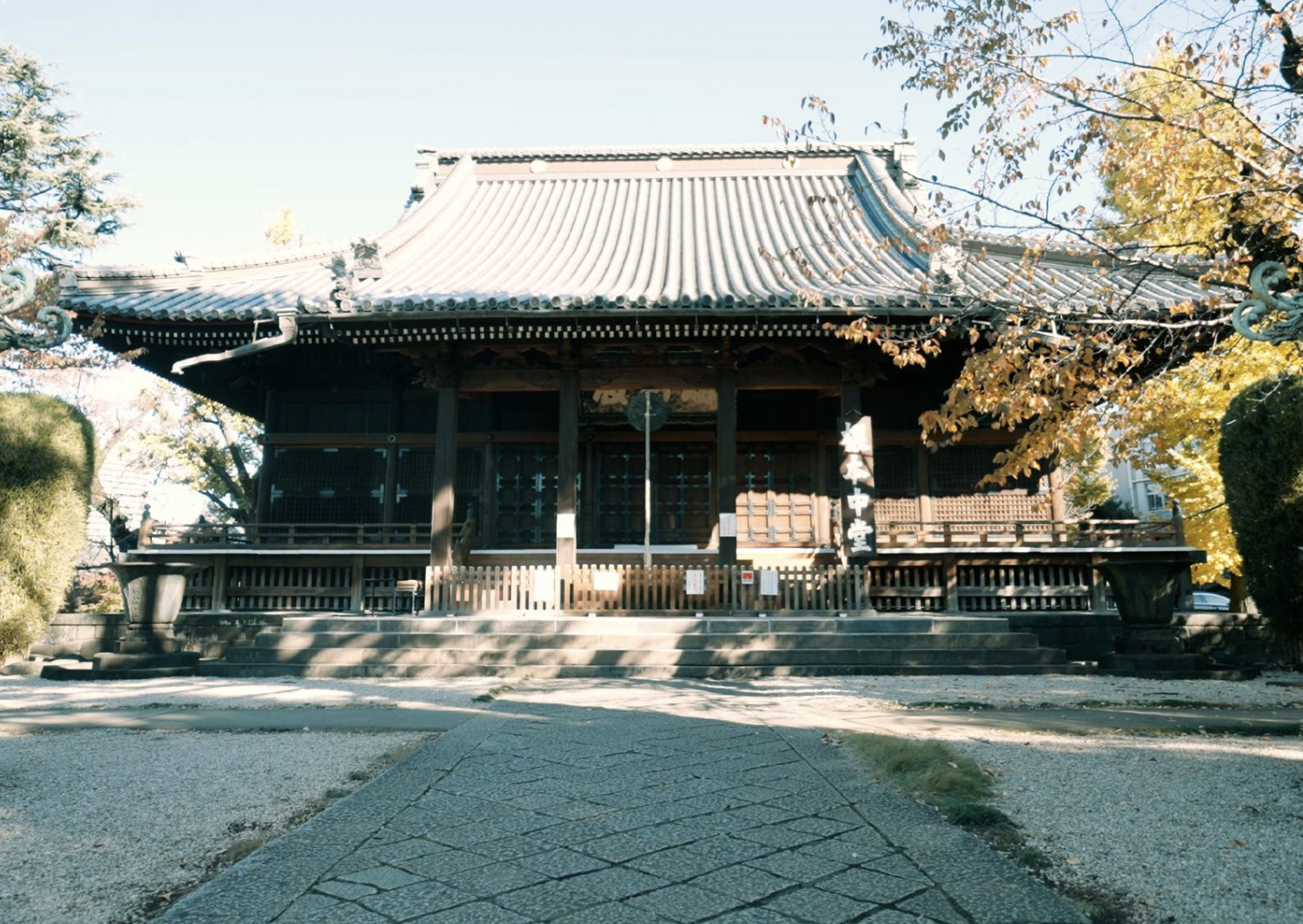
To commemorate the 400th anniversary of the founding of Kan'ei-ji Temple in Japan, the Tokyo National Museum in Ueno Park, Tokyo, recently held a commemorative exhibition. Focusing on the treasures passed down from Kan'ei-ji Temple and its branch temples, it brought together Buddha statues, Buddhist utensils, tea utensils, calligraphy and paintings, as well as cultural relics unearthed in Ueno Park, showcasing the history of Kan'ei-ji Temple and the essence of Edo culture it has accumulated.
Key exhibits include the wooden movable type used by Tenkai, the founder of Kan'ei-ji Temple, when he printed the Tripitaka; a Kamakura-era "Ryokai Mandala" from Kan'ei-ji Temple's collection; and a sutra box with a three-leaf sunflower pattern, totaling 62 items. Among them, the "Tenkai wooden movable type" is designated an important cultural property of Japan. The exhibition will run until August 11th.
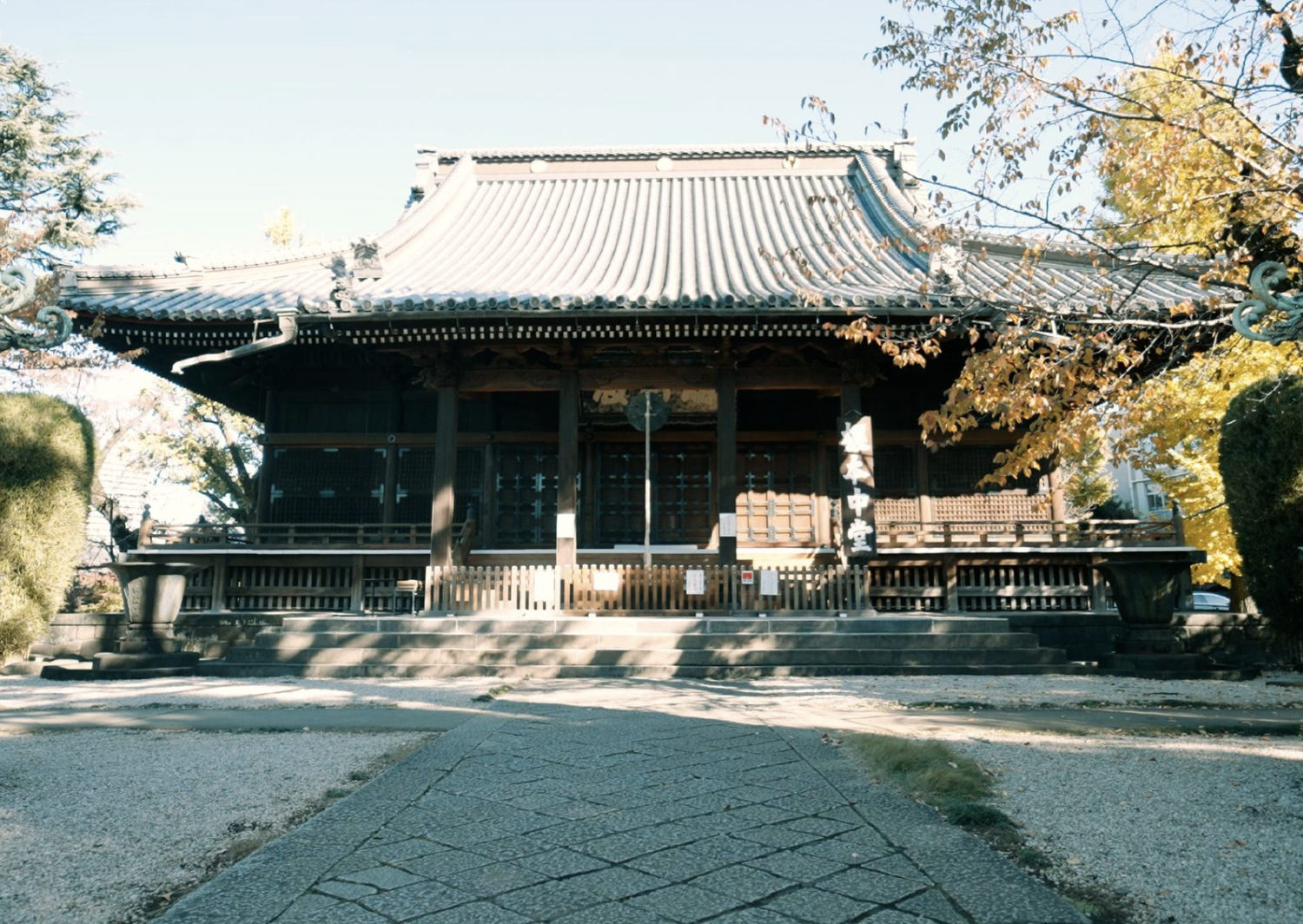
The exterior pictures of Kan'ei-ji Temple are from the official website
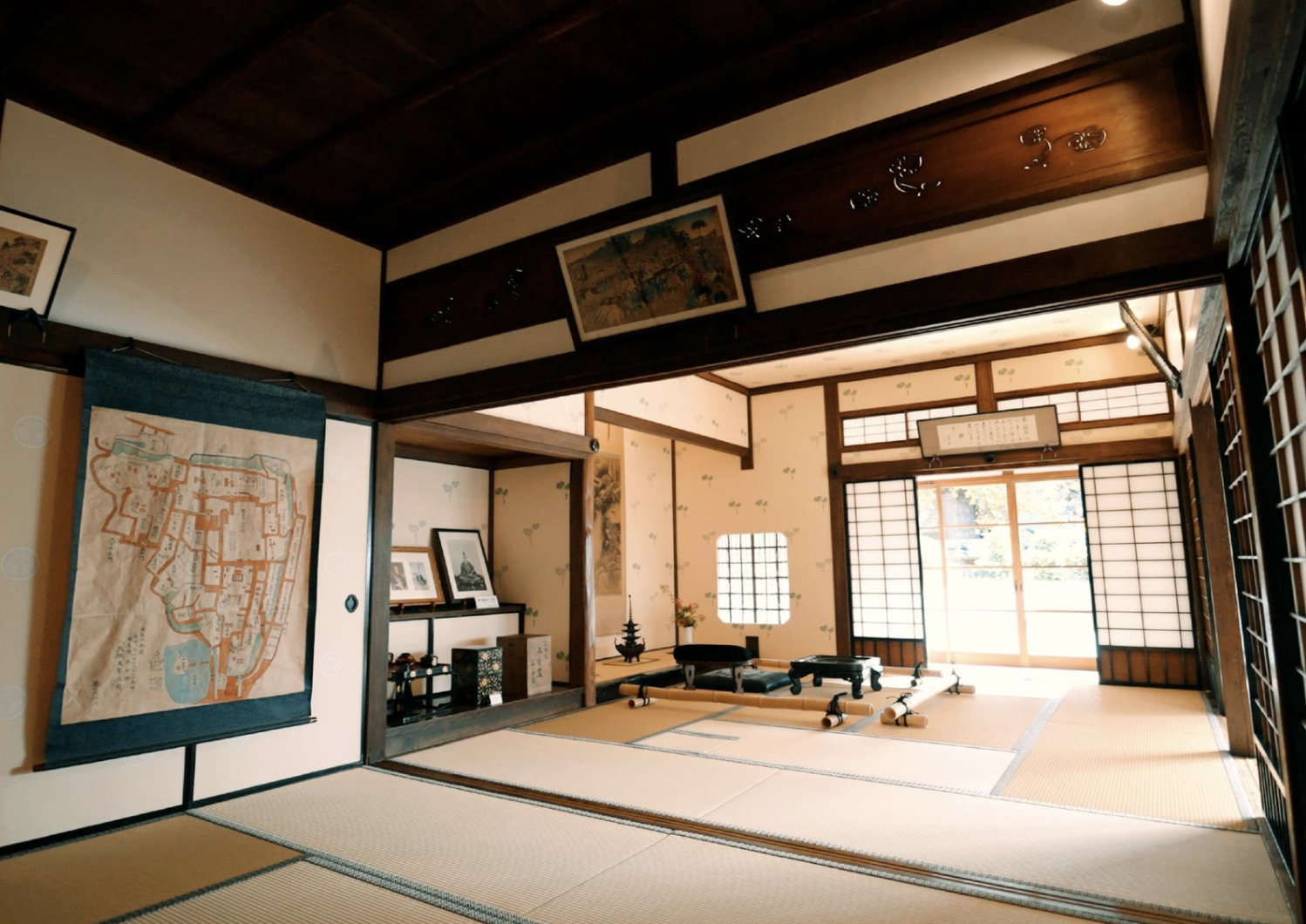
Inside Kan'ei-ji Temple
Kan'ei-ji Temple, founded in 1625 as a guardian of Edo Castle and the Tokugawa Shogunate, celebrates its 400th anniversary in 2025. Once spread over a vast area, it served as a center of religion and culture during the Edo period.
This commemorative exhibition at the Tokyo National Museum in Japan features six sections exploring the history, artifacts, and connections between Kan'ei-ji Temple and the museum. Chapter 1: "Guardian of Edo—Ueno Mountain," Chapter 2: "A Pioneer of Edo Buddhism—Jigen Daishi Tenkai," Chapter 3: "Leading Modern Monk Biographies—The Origin of Two Masters," Chapter 4: "The Tokugawa Family's Prayer and Bodhi Temples—The Forms of Modern Buddhism," Chapter 5: "Connection with the Museum—Artifacts Excavated from the Museum Grounds," and Chapter 6: "A Cultural Convergence and Its Relationship to the Present Day."
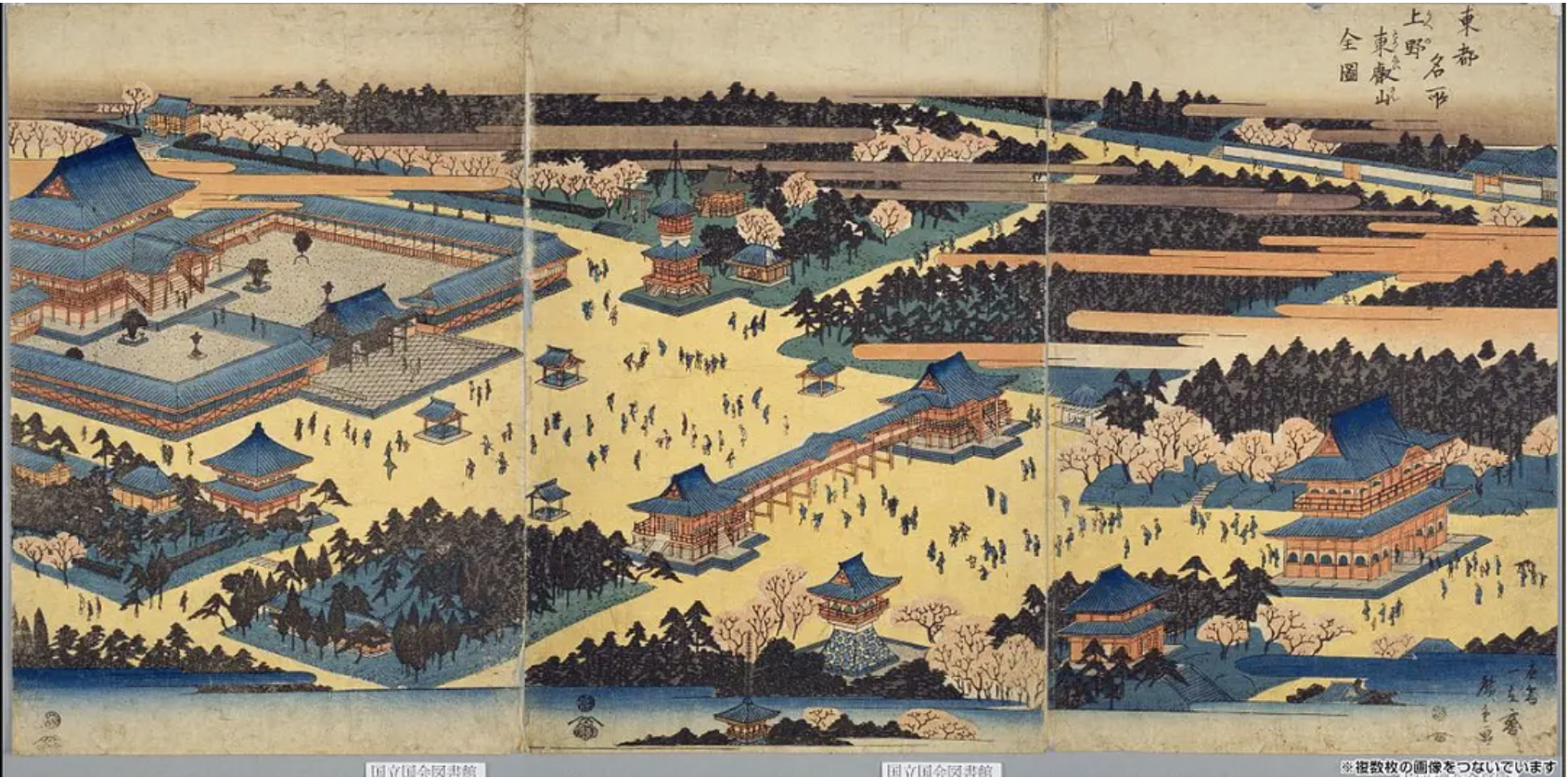
"Complete Map of Ueno Higashi-Eizan" by Utagawa Hiroshige
The above painting "A Picture of Mount Higashiei in Ueno, the Eastern Capital" by Utagawa Hiroshige depicts a lively scene in front of the Konponchudo Hall of Kan'ei-ji Temple during the Edo period.
Kan'ei-ji Temple, located in Ueno, Taito Ward, Tokyo, Japan, is the headquarters of the Tendai sect of Kanto. Its primary deity is Yakushi Nyorai, and the three wooden statues of Yakushi Nyorai within the temple grounds have been designated as Important Cultural Properties by the Japanese government. Construction began during the Kan'ei period, earning it the name Kan'ei-ji Temple. Founded in 1625, Kan'ei-ji Temple boasts deep ties to the Tokugawa shogunate. Successive abbots, many of whom were members of the imperial family, maintained close ties with the imperial court, making it not only a significant religious center during the Edo period but also a cultural and political hub.
Kan'ei-ji Temple and the Tokyo National Museum have a deep connection. Both are now located within Ueno Park. The original site of Kan'ei-ji Temple once encompassed the current museum area. After the Meiji Restoration, much of the temple grounds were converted into a park, with the museum becoming the park's core cultural facility.
Kan'ei-ji Temple was founded in 1625 by Tokugawa Iemitsu, the third shogun of the Tokugawa shogunate. Its first abbot was the eminent monk Tenkai. Located northeast of Edo Castle (a "ghost gate" in feng shui), the temple was named "Hizaishan" (Toei-san), emulating the position of Enryaku-ji Temple on Mount Hiei in Kyoto, which guarded Kyoto. It became the religious and political center of the Tokugawa family. At its peak, Kan'ei-ji Temple encompassed the entire territory of present-day Ueno Park (including Shinobazu Pond and Ueno Station), approximately twice the size of the park. The temple's main buildings were located on the "Take-no-dai," now the site of the Tokyo National Museum's square. During the Ueno War of 1868, the Shogitai held Kan'ei-ji Temple against the new government forces, resulting in the burning of the main temple structure (including the central hall and mausoleum). Only a few structures, such as the Kiyomizu Kannon-do Hall and the five-story pagoda, remain. After the war, the temple grounds were taken over by the Meiji government and gradually transformed into the public space of Ueno Park.

Seated statue of Jigen Daishi (Tenkai) by Kōon, Edo period, Kanei 17 (1640), Rinno-ji Temple, Tochigi
According to the biography of Jiyan Daishi, the founder of the Toei school, Tenkai (1536-1643) was a Japanese Tendai monk known by the name Nankobo. He became a monk at an early age and traveled to Mount Hiei, Onjo-ji Temple, and Nanto, studying Kegon, Tendai, Yogācāra, Esoteric Buddhism, and Zen. After the Battle of Sekigahara, he gained the favor of Tokugawa Ieyasu. He lectured at the palace and was granted Mount Nikko. After Ieyasu's death, he again enjoyed the trust of Hidetada and Iemitsu, serving as their political advisor. He subsequently planned and published the Tripitaka, completing the woodblock edition of the Tenkai edition over a period of more than a decade. He passed away in 1162 at the age of 108. He was posthumously named "Jiyan Daishi."

Jigen Daishi's Origin Picture Scroll (Part of the middle scroll) [Painter] Sumiyoshi Gukei [Inscription] Tankai Edo period, Enpo 8 (1680) Kan'ei-ji Temple, Tokyo
When Kan'ei-ji Temple was founded, a recreational area for the common people was specially built on the southern side of the temple grounds, and cherry blossoms and other seasonal flowers were planted, making Kan'ei-ji Temple a popular destination for the common people during the Edo period. During the Meiji Restoration, Kan'ei-ji Temple also became a key location for battles between the Shogitai and the new government forces.
One of the key exhibits in this exhibition is a set of wooden movable type used to print the Tripitaka during the Edo period. This set of movable type is also known as the "Tenkai wooden movable type."
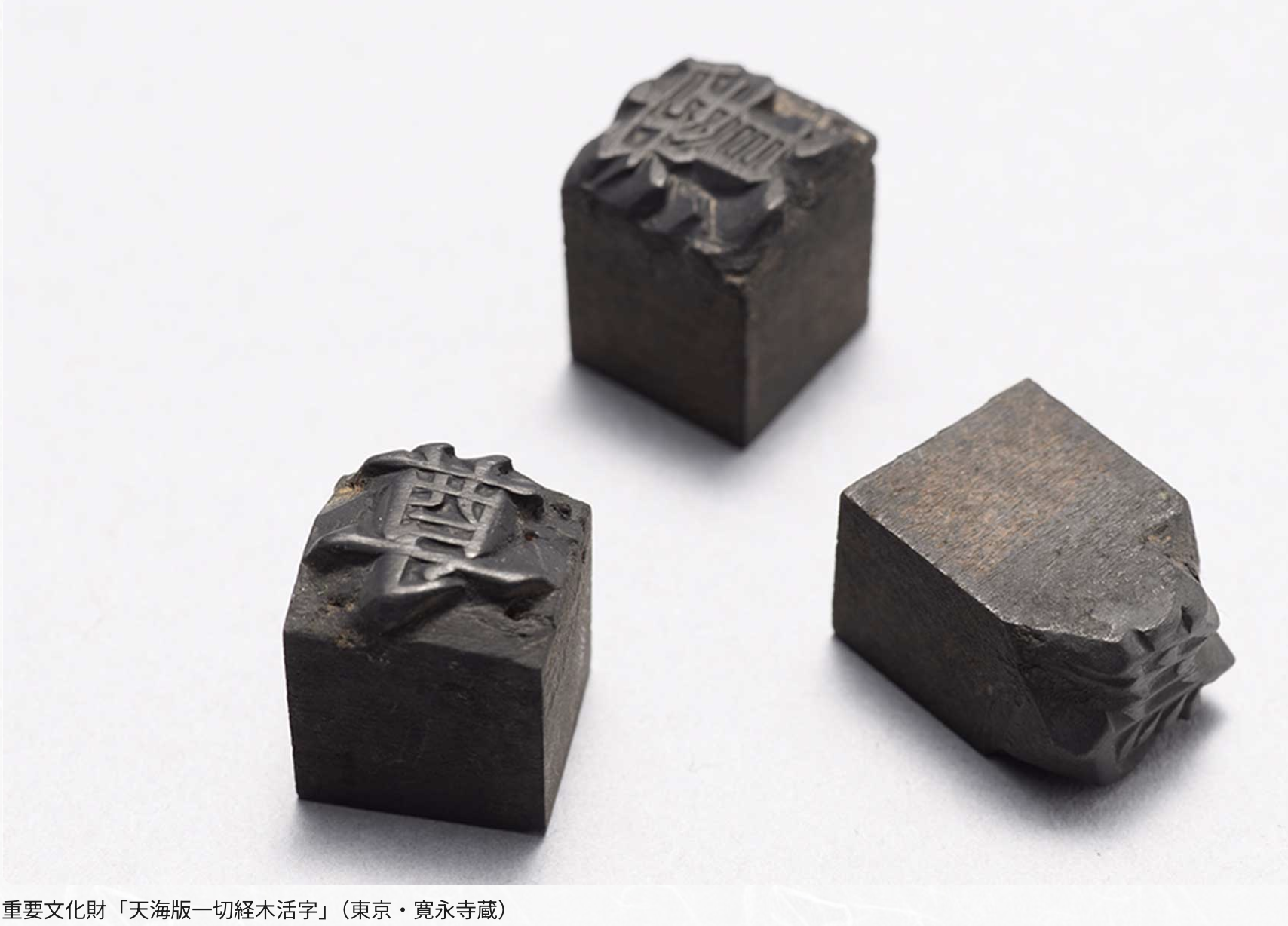
Tenkai woodblock type, Japan, Edo period (17th century), Kan'ei-ji Temple, Tokyo
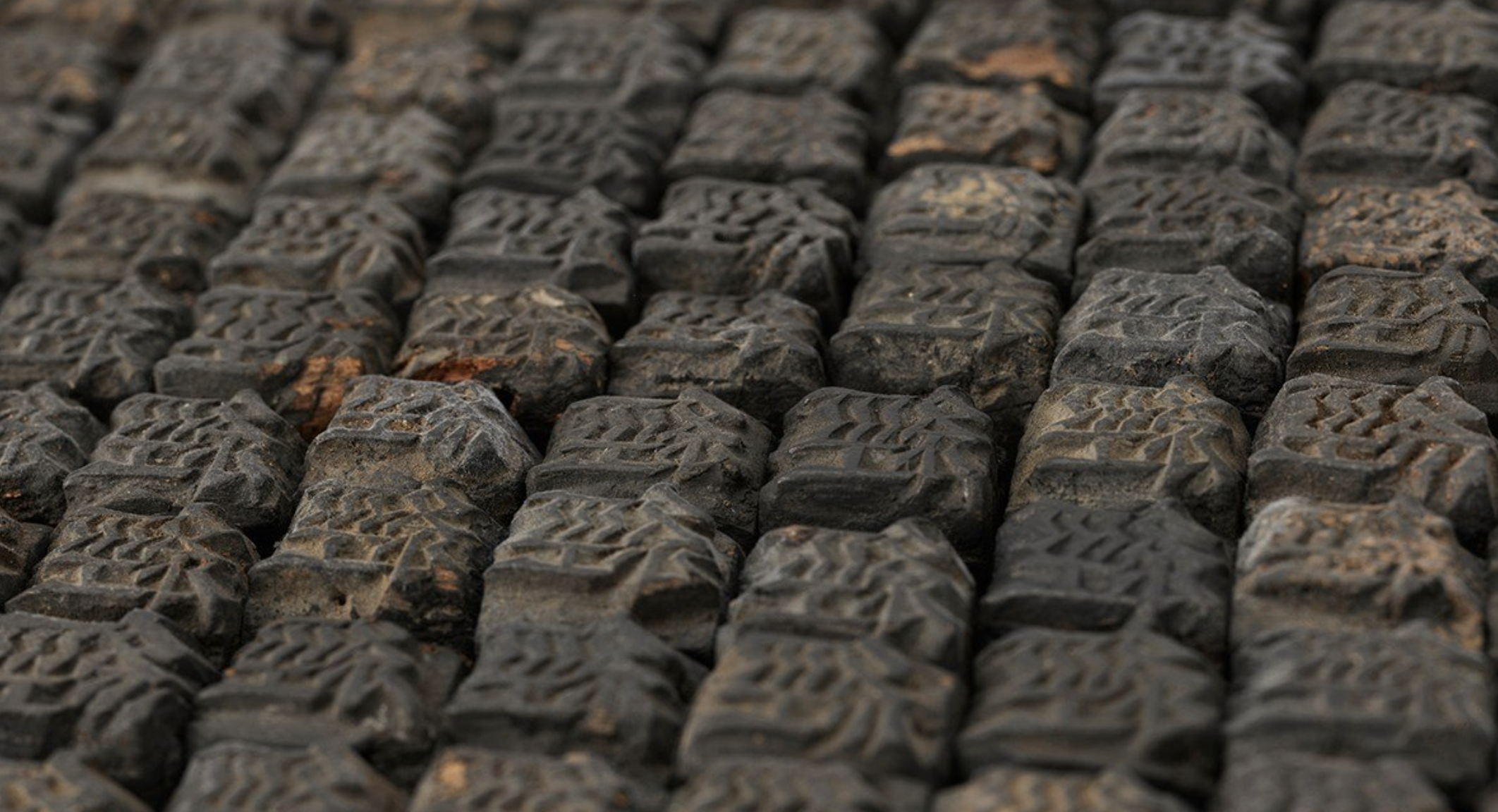
Tenkai woodblock type, Japan, Edo period (17th century), Kan'ei-ji Temple, Tokyo
After Buddhism spread eastward from China to the Korean Peninsula and Japan, both Goryeo and Japan copied, engraved, or typeset Buddhist scriptures based on the Chinese Buddhist canon. By the early 7th century, Buddhism had achieved significant development in Japan, and a large number of handwritten copies of Chinese translations of Buddhist scriptures and various official and private editions of the Tripitaka were introduced to major Japanese temples. From the late 13th century to the 1920s, over a period of more than 600 years, Japanese Buddhist circles compiled, engraved, reproduced, or typeset seven versions of the Chinese Buddhist canon, including the Tenkaizo and the Obakuzo, based on various Chinese editions.
The full name of the Tenkai Tripitaka is the Tenkai Edition of the Great Sutra, also known as the Wozo, the Kan'eiji Edition, or the Toeiyama Edition. It took twelve years to complete, from the 14th year of the Kan'ei era to the first year of the Keian era (1637-1648). It is an official edition of the Buddhist canon published under the auspices of the Tokugawa shogunate during the Edo period. It is based on the Southern Song Dynasty Sixi edition of the Zifu Tripitaka, supplemented by the Yuan Dynasty edition of the Puning Tripitaka.
This edition was printed using movable wood type. Each sheet of paper contained 24 lines, folded into four pages, each with six lines and 17 characters per line. According to the Encyclopedia of China, the book consists of 1,453 volumes and 6,323 juan. It was printed on high-quality Japanese paper and produced as foldout pages. The font was modeled after the "Zifu Zang" of the Southern Song Dynasty.
Based on their state of preservation, the wooden movable type can be roughly divided into boxes organized by radicals and those stored collectively in larger boxes. According to Japan's Cultural Heritage Online, these movable type are mostly made of cherry wood, with some birch wood also mixed in. The total number exceeds 260,000, of which over 220,000 are used for printing the main text of the sutras, while the remainder consists of half-width type used for phonetic notation, titles, and page number indications.
The Tenkai Edition of the Tripitaka is Japan's only Tripitaka printed in woodblock type (subsequent editions were either block-printed or lead-printed), representing the pinnacle of Edo printing. It is not only a milestone in Japanese printing history but also embodies the essence of religious, technological, and East Asian cultural exchange during the Edo period. Its exquisite craftsmanship and sheer scale continue to garner praise from scholars today.

Oni tiles, Edo period (17th-19th century), unearthed at the Tokyo National Museum
Oniwa tiles are shovel-shaped decorative tiles used on the roof ridges of traditional Japanese architecture. They serve both waterproofing and strengthening the roof, as well as warding off evil spirits. The Edo period (1603-1868) marked the peak of the development of oniwa tiles, with their patterns, craftsmanship, and cultural significance reaching unprecedented heights.
The prototype of ghost tiles is the animal-faced ridged tiles from China's Northern and Southern Dynasties to the Sui and Tang Dynasties. They were introduced to Japan during the Asuka Period (592-710) via the Korean Peninsula. Localized ghost and deity motifs emerged during the Nara Period (710-794), while during the Edo Period, they completely departed from early Buddhist styles and shifted towards diverse secular expressions.
Its main function is to act as a ridge tie, preventing rain from eroding the wooden structure and reinforcing the tiles against strong winds. There are designs that depict natural elements, auspicious and warding off evil spirits, and family symbols.
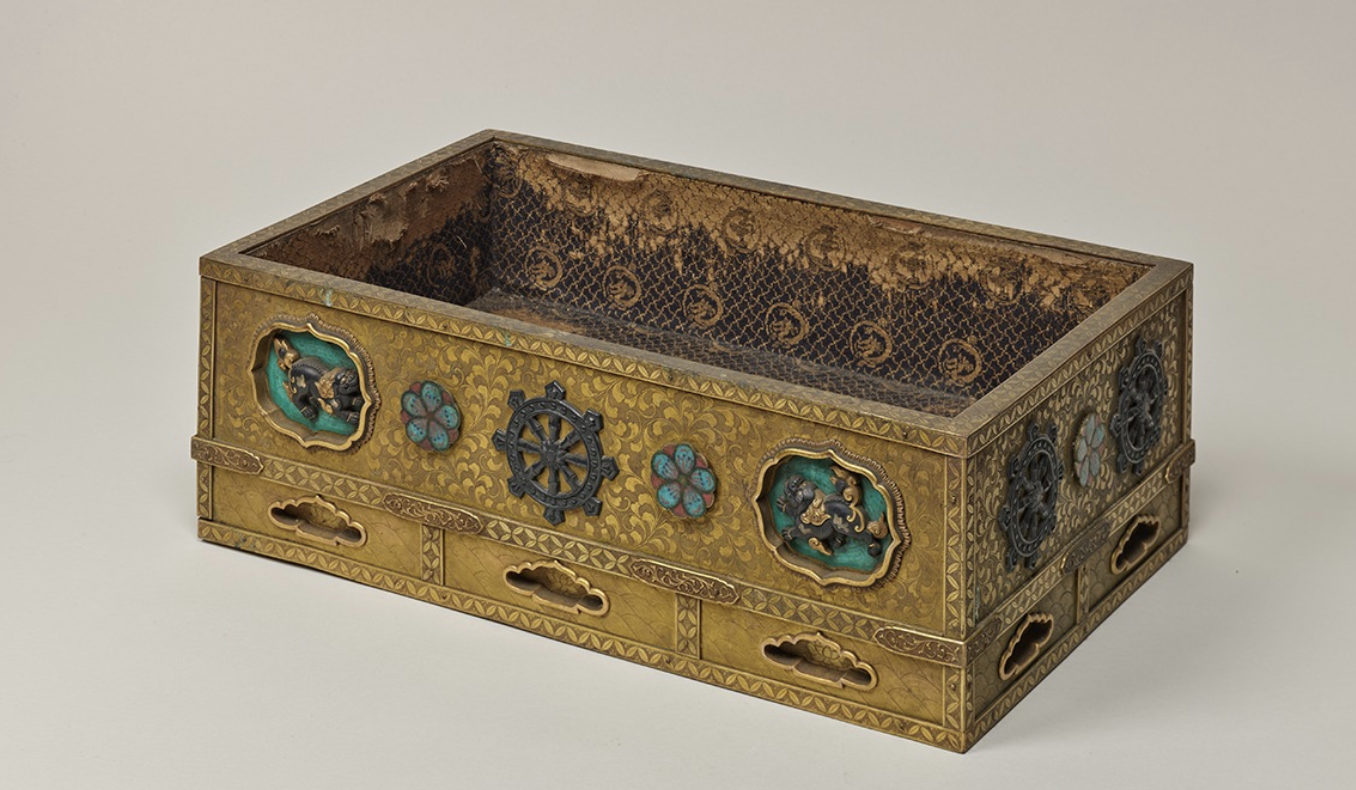
Photo-telling box (せっそうばこ) Edo period, 17th to 18th century Collection of Kan'eiji Temple
A "Shuo Xiang Xiang" (meditation box) is a box placed beside monks during Buddhist ceremonies to hold robes, ritual instruments, and ritual materials. These meditation boxes have no lids and are typically used in pairs. They are made of metal and often feature Buddhist designs.
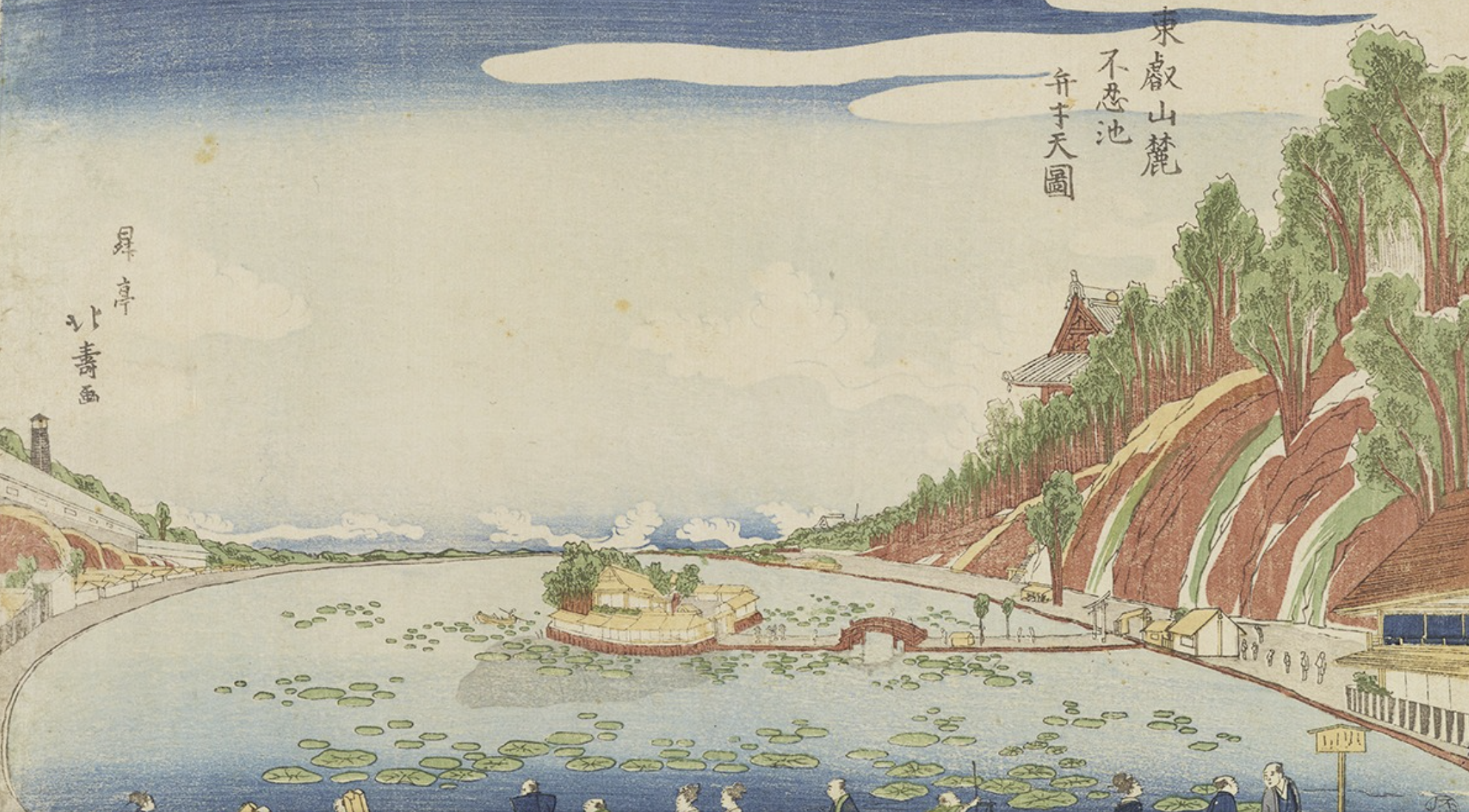
"Shinobazuike Benzai Tenten at the foot of Toei Mountain" Shinobazuike Benzai Tianpi at the foot of Toei Mountain
The Shinobazu Pond pictured above is the core attraction of Ueno Park in Taito Ward, Tokyo. It consists of three parts: the Lotus Pond, the Cormorant Pond, and the Boat Pond, with Bentenjima at its center.
When the Tokugawa shogunate was first established, the area around Ueno (known as "Ninjagaoka" during the Warring States period) was deserted and relatively sparsely populated. After the introduction of Onmyoji to Japan, the northeast was designated the "Kimon" (ghost gate) and the southwest the "Utsukimon" (inner gate). Ueno, located northeast of Edo Castle, was considered Edo's "Kimon." Ancient Japanese castles often built temples and shrines in these locations to ward off disasters, which was one of the reasons for the founding of Kan'ei-ji Temple.
During the Battle of Ueno in 1868, Kan'ei-ji Temple was partially burned down, and its remains are now Ueno Park.
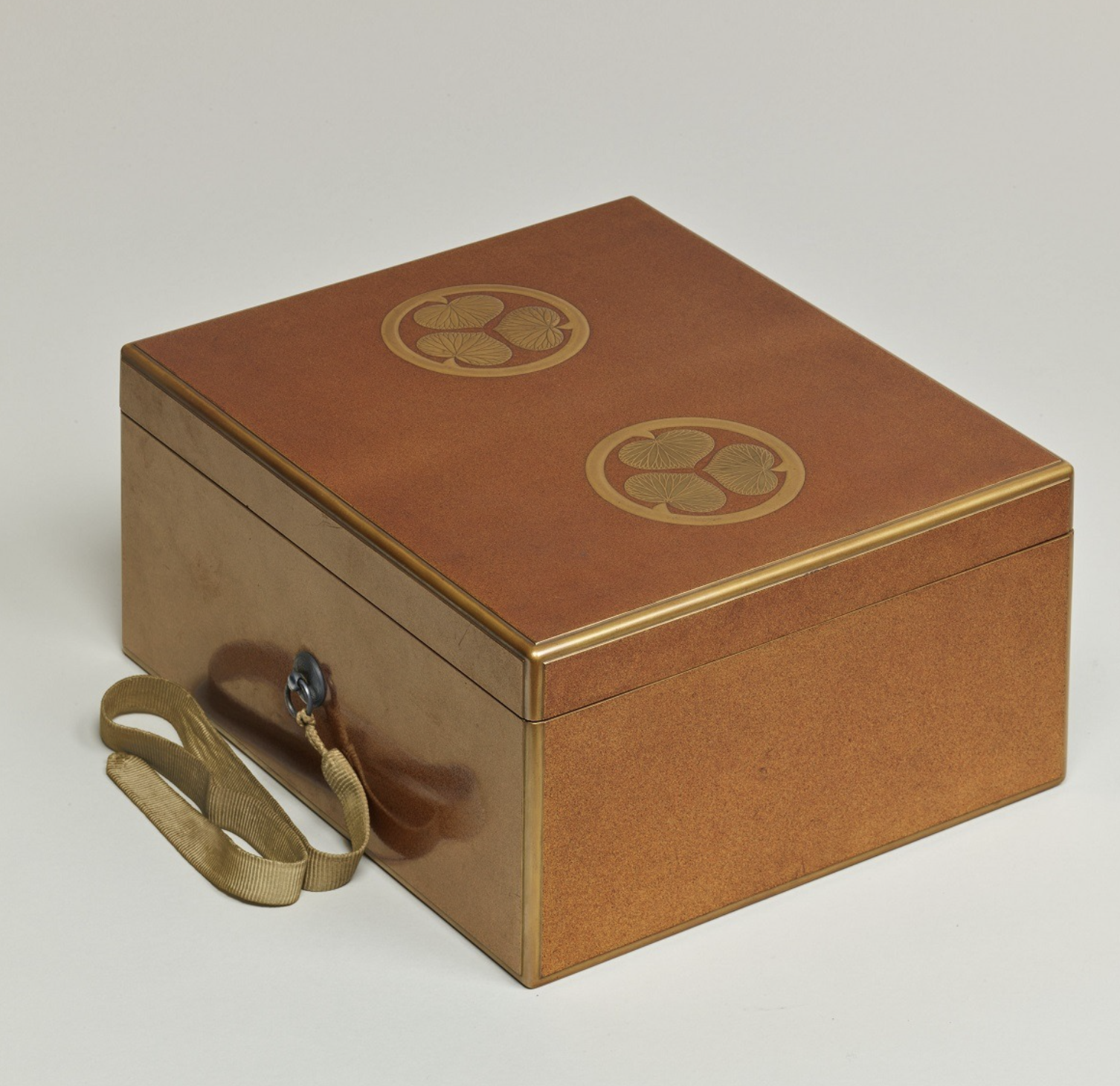
A three-leaf, sunflower-patterned three-leaf, three-leaf, sunflower-shaped frieze made from pear ground, guaranteed for 10 years (1725) from the Edo period, in the possession of Kan'eiji Temple
This exquisite sutra box features the "Mai-e" technique, a Japanese lacquer art originating during the Nara period. Gold and silver flakes are added to the lacquer, which is then polished after drying to reveal a gold and silver sheen. Mother-of-pearl and silver thread are then used to inlay flowers, birds, insects, and auspicious motifs. The unique style gradually developed after the Heian period and reached its peak during the Edo period.
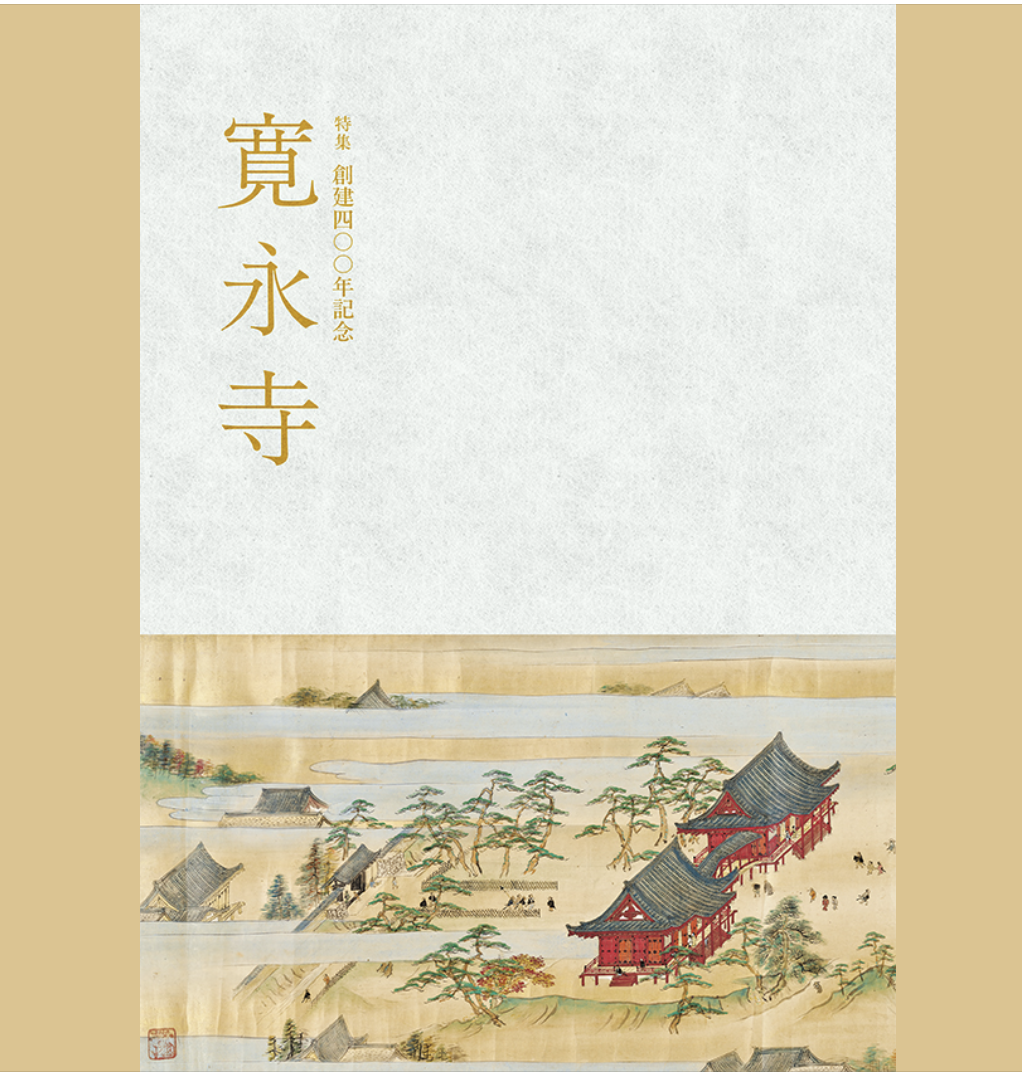
This commemorative booklet
The pictures in this article are from the Tokyo Museum and the official website of Kan'ei-ji Temple in Japan
Reference: "A Study on the Circulation and Publication of the Chinese Tripitaka in Japan" by Yin Qiqi (Library Research and Work, Issue 5, 2024)
